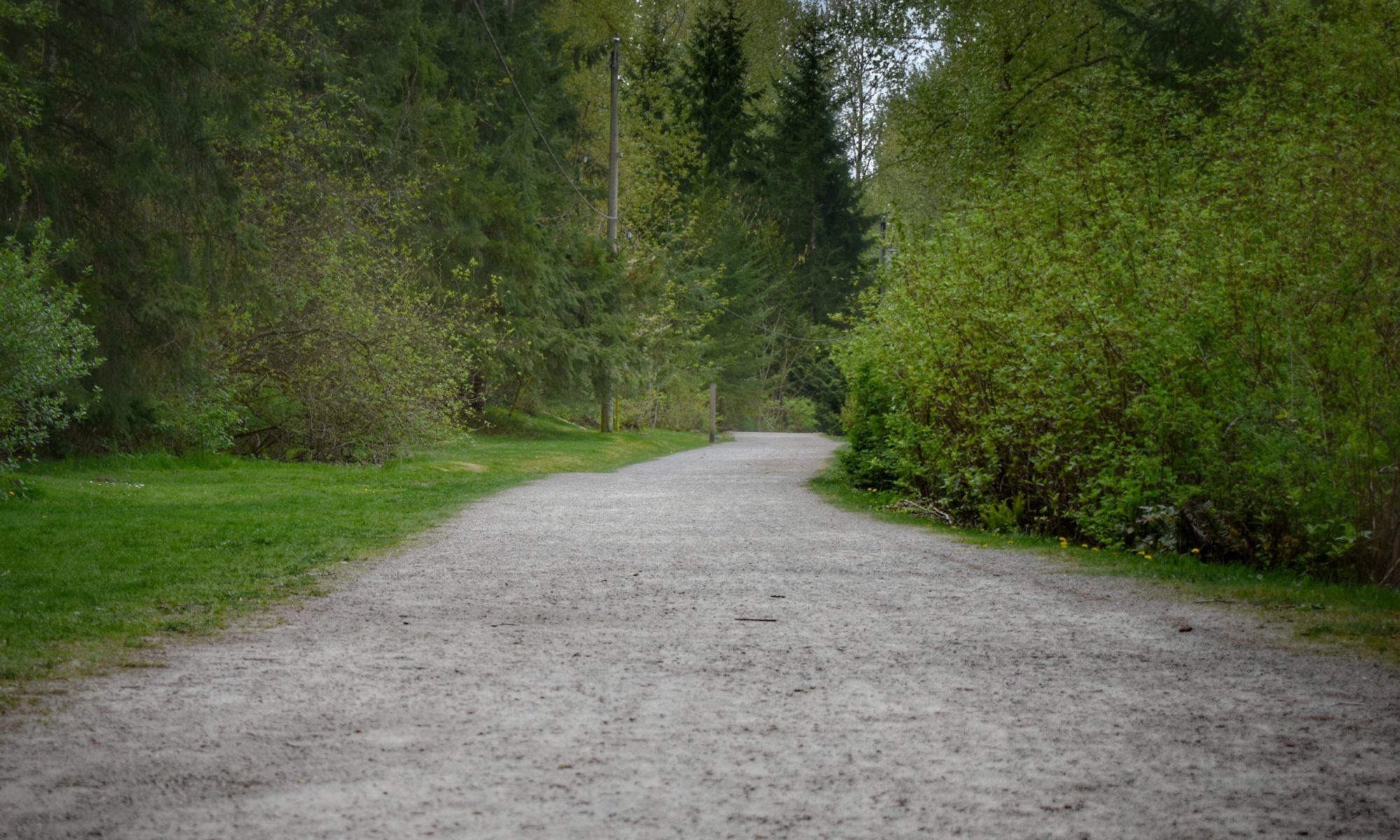When I hear the term “radical acceptance”, what comes to mind is social justice and the acceptance we extend to others around us, even if those people are different from us with a different lived experience. Lately I’ve been mulling these words over, trying out how they feel when it comes to our bodies and how we feel in them. I think when we are able to accept ourselves in a radical way, this leads to embodiment. This hugely informs my clinical practice. When asked about what I do, I’ve started saying “I help people be in their bodies”.
While feeling sensations in our body is indeed our own lived experience, our sensations do not always live up to how we want to feel, how we think we “ought” to feel, or how others think we should feel. Before I go on, a little disclaimer: this article is not saying that we shouldn’t have goals for how we want to feel, or that helping ourselves or others to feel better is wrong. In fact the alleviation of suffering, whether physical and/or emotional, is a lofty pursuit. Instead I am offering that feeling in the present moment can be done without self-condemnation and judgement, that there are moments when we can simply “feel”. This would not only be radical acceptance of ourselves, but a definition of embodiment.
This practice of feeling without judgement has been a journey for me, and continues to be so. It often involves slowing down, taking a deep breath, and consciously paying attention to my inner sensations. When I try to manipulate my sensations into someone else’s ideas of what I should be feeling, in other words judging myself, my fascia will often tighten up more, creating more physical restrictions within my body. Try simply noticing what sensations are happening in your body in a given moment, or notice the moment when you start to judge the sensation. And try not to judge the judgement! Or simply, accept the sensation and the fact that you are judging yourself. And then see what happens.
If you are feeling a particularly tough sensation, close your eyes and gently ask your body, “what is this about?” And gently let go the quick answer your brain might send you, instead awaiting the answer that may arise from your body tissues. The answer might come in the shape of the intention of gesture, an intended body posture, or perhaps thoughts or memories that arise from the sensations of your body. Another question you can ask your body, after doing the above (or after doing the above several times), is, “what do I need?” And remember if the answers are not forthcoming, continue to be patient with yourself, as the answers may come another time. And remember to not necessarily trust the quickness of answers in the form of stories coming from your brain, but see what arises in sensations from the body. It’s more about deepening into an aligned relationship with yourself, than getting a quick fix answer.
To cultivate this culture of radical acceptance in ourselves and others, I believe we need to build a tolerance to sensation, even when that sensation is discomfort. First, let’s qualify the difference between overwhelming sensation and a medium sense of discomfort. We all need help when overwhelmed, whether that be in the form of support from family and friends, physical and/or emotional therapy, and/or biochemically. I think the confusion happens when we equate discomfort with overwhelm, and it brings new understanding and depth when we are able to differentiate the two. As we build tolerance to discomfort, not only can we start to be present long enough to bring new insight into understanding ourselves and others, but I believe it is also an opportunity to gain physical and emotional resilience. It stretches the capacity and flexibility of our nervous systems and enables us to stay out of overwhelm and in the window of tolerance a little more easily.
Some of the most profound moments of sensation happen when we fall into that place of just feeling, letting go of all the stories and reasons we have accumulated over our lifetimes. It’s a vulnerable place, and can take practice to stay in that feeling for any length of time. Suddenly reasons don’t matter, we stop fighting, and there is surrender, as we fall into the connection of everything. It feels a lot like love. When this happens in Biodynamic Craniosacral Therapy, generally you’ll experience an opening of physical restriction in your body, often changing how you relate with the outside world.
Photo Credit: Jan Kopriva, Unsplash


